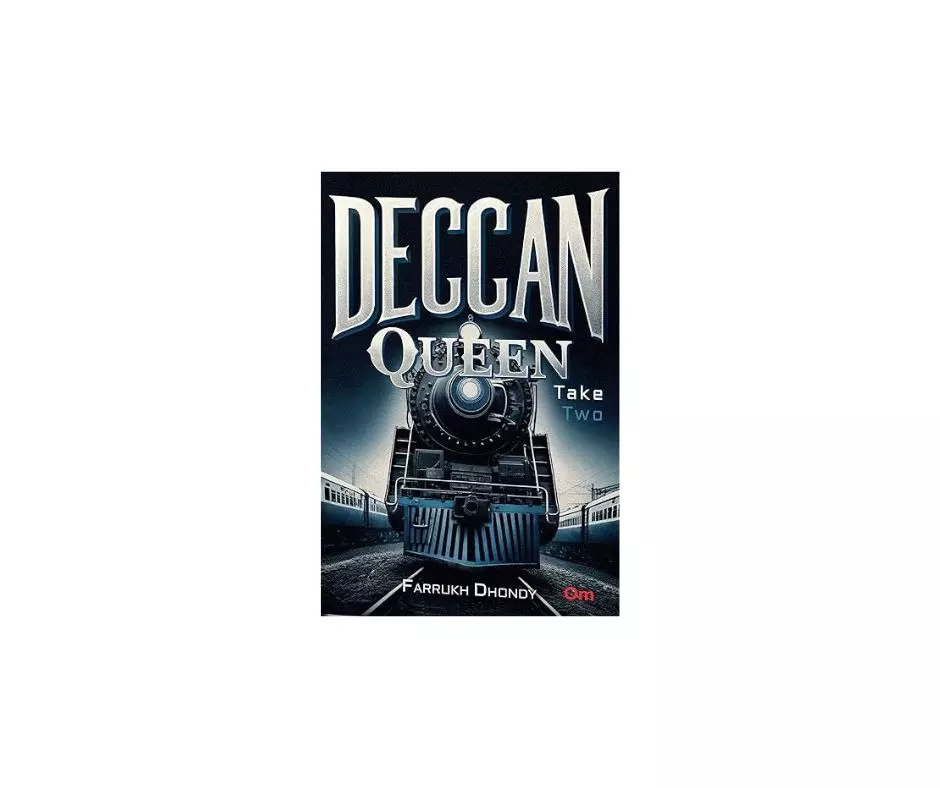Book Review | Train of nostalgia to ’60s Bombay

Farrukh Dhondy, author, playwright, columnist and screenplay writer among other interesting things was born in Pune (then Poona) in 1944 and commuted frequently to Mumbai (then Bombay) on the Deccan Queen till he left for Cambridge. Decades later, he’s written a tribute to the much-loved train launched in the time of the British Raj: a collection of lively short stories called Deccan Queen: Take Two. The train, Dhondy says, was “the connection between two worlds. The simplest pairing was that of the quiet plateau town of Poona and the busy coastal city of Bombay. The deeper but still simple connection would be the peace of one and the threatened nightmare of the other…The Deccan Queen was to a boy in Poona a ‘Get out of jail free’ card. No, not free! There was always the price.’”
In the collection, Dhondy delves into memories of his growing years in both cities. We meet his Parsi family members, neighbours, teachers, school and college friends, and househelp. While these stories are memoir-like, the back-of-the-book blurb warns that facts are mixed with fiction, so don’t believe everything you read. You will particularly enjoy the letters by strangers and family members at the end of each story that challenge Dhondy’s facts, and his acerbic replies to them. These letters are just as engaging as the stories themselves, and some kick off riveting tales of their own. Psst: There’s a strong possibility that Dhondy wrote those letters himself, but as the blurb says, “Where does creative license end and the truth begin?”
One story stands out as obvious fiction: it’s about a young British lady who visits India to marry a wealthy British man. And yes, the lady is an amusing take on E.M. Forster’s Adela Quested in A Passage to India.
Apart from presenting people like a maharaja, a soldier who returns from the dead, and a stern Tata Foundation scholarship interviewer who orders Dhondy to use the toilet midway through the interview, these stories take you back to the final years of the Raj and the early years of Independence. They are so evocative, you actually feel you’re experiencing history. For example: “Bombay was undergoing its late nineteenth-century industry and building boom…The swamp and sea between the seven islands were being reclaimed as land, with cartloads of mud and rock displacing the shallow’s slush.” And this on the rise of Matunga: “…a fairly new industrial site, north of Dadar and Parel, with their older nineteenth-century dark, fairly satanic fabric mills on the Bombay island/peninsula.”
We also get an idea of what it was like for a few Brits who stayed in India after Independence, and how the tables turned on a very senior railway sahib who was not nice to his Indian subordinates.
This is a book you must not rush through — many of the stories are to be savoured. They are warm and witty, rich like chocolate but as light as soufflé.
Deccan Queen Take Two
By Farrukh Dhondy
Om Books International
pp. 265; ₹295

